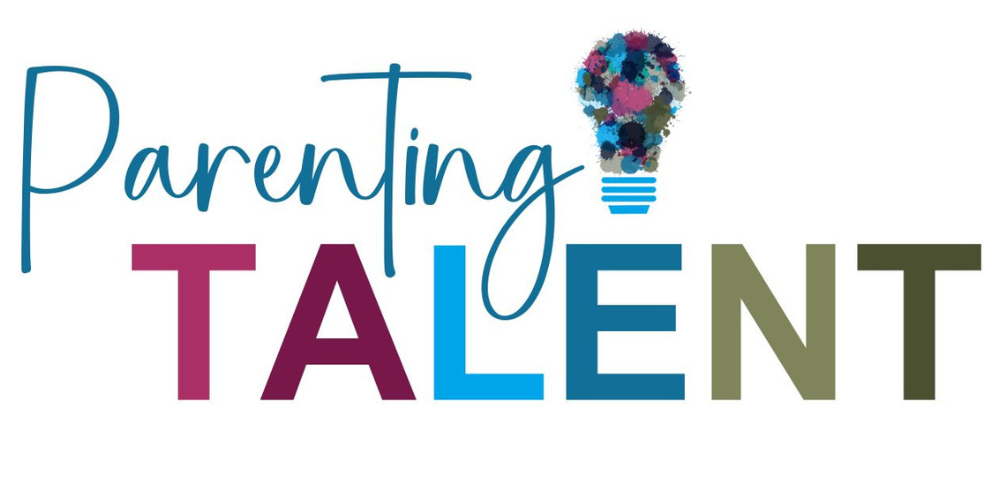Creative artists skill development can be derailed by self-doubt caused by Automatic Negative Thoughts or ANTS. ANTS – a concept originally developed by Dr. Aaron Beck who called them Negative Automatic Thoughts, are the negative interpretations we have of what we are doing or what we believe is happening to us.
Dr. Daniel Amen described this phenomenon as Automatic Negative Thoughts, or ANT’s, creating a memorable acronym. Just like real ants, these unhelpful thinking styles can creep up silently and can suddenly seem to be all over your thoughts even when you don’t want or need them there. This internalized negativity can impact the amount of joy and happiness they can derive from their art.
There are many types of ANT’s. Some examples include:
- Blaming others – It was the accompanists fault I performed poorly
- Being perfectionistic – I can’t memorize this script in one hour so I won’t do it.
- Avoiding challenges – I’ll never be good at watercolors and I don’t think it’s necessary
- Minimizing emotions – I don’t care if don’t make the dance team with all of my friends
- Self criticism – My videos aren’t nearly as good as everyone else’s content
For creative artists, these ANT’s – that critical inner voice – can creep in and impact growth, confidence, productivity in their art. They can also have a negative impact on mental health. To combat these maladaptive thinking patterns, creative artists must develop healthy coping strategies to manage the limiting self-talk and irrational beliefs.
Here are 5 ways Creative Artists can help manage the mind traps of ANT’s:
- Recognize black-and-white thinking cues such as “always” “never” and “all” or “every” and assess their truthfulness. Is the statement “I always mess up the shading when I use charcoal” actually true? Doubtful.
- When a situation seems negative, look for the positives – the silver lining. “Even though I didn’t do as well as in the essay contest as I’d hoped, I got some great feedback, and I know what to do differently next time.”
- Don’t assume you know what others are thinking – you are not a mind reader. When you are not cast in a desired role, jumping to the thought, “The casting director thinks I’m not a strong enough singer for the role” is a negative assumption.
- Avoid “shoulding” yourself (it’s rarely motivating for change), and change “shoulds” to positive self-statements. Shift “I should practice more” to “It’s helpful for me to practice.
- Practice mindfulness to work on observing your thoughts without judgment and to focus on the reality of the present moment. Mindfulness can also help to calm the anxiety that ANT’s may cause and create more space to recognize and challenge the ANT.
By recognizing and challenging automatic negative thoughts, creative artists can shift their mindset around things that create fear and anxiety and allow them to explore what positive outcomes may look like if they set realistic goals in the learning process.
If you or a creative artist you know would benefit from additional information and visual reminder, sign up here to receive a free printable on recognizing and managing ANT’s.
www.parentingtalent.com/ants-workbook-sign-up
Adapted from Parenting Talent: The Grown-Up’s Guide to Understanding and Supporting Creatively Driven Teens and Tweens



